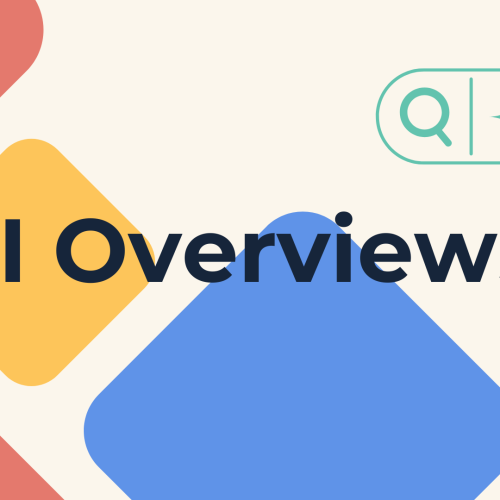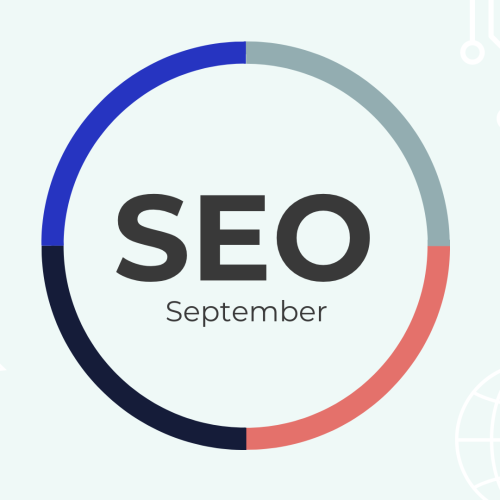When it comes to ranking at the top of the search results, there’s one factor that’s particularly good to keep in mind. High quality content is inevitable, and it’s clear that Google rewards content that is relevant and useful. In this blogpost, we take a closer look at helpful content and how Google ranks content in their search results.
We’re still waiting with bated breath to see when Google SGE will arrive in Denmark and how it will affect search results. SEO and content specialists in particular are wondering what it will mean for their work with content on websites. Will the old disciplines be turned upside down when AI-generated suggestions are included directly in search results? The answer to that question might be cause for concern. However, when you look at the statistics on which factors are influencing rankings in Google, familiar factors still dominate the list, and well-executed content stands out as the most important factor.
Content influences SERP rankings
According to a large study conducted by SemRush, a trend emerges that content is the main factor influencing the SERP. The study analyzed 16,298 English keywords to assess which factors dominated the top 20 rankings. Of the 65 different factors measured in total, a content factor came out on top.
Specifically, the factor ‘text relevance’ was present in most of the top 20 results. In the context of Google’s recent major update and proclamation to launch the SGE, it’s clear that the energy needs to be put into developing high-quality content that benefits users.
High quality content equals helpful content
So what exactly is helpful content? Google first introduced the term back in the summer of 2022. Since then, there have been several updates to the algorithm, most recently in March, which again emphasized that content should be for people – not search engines. Helpful content is characterized by providing value to the user. It’s original, angled, and it doesn’t repeat information that already exists.
With the latest update, Google is focusing on cleaning up content that ranks high but has little value. The goal is to better match users with high-quality content that provides a satisfying experience. There’s no point in the user having to trawl through page after page to find the answer to their question.
In short, helpful content is about being the best answer to the user’s question or need – and providing the answer to the user as quickly as possible. If you have content on your website that doesn’t meet the criteria, it’s a good idea to improve or remove it. Both reduce the chances of Google ranking your content lower.
How do you create helpful content?
With the framework outlined in terms of what helpful content is, it’s worth taking a closer look at how to deliver helpful content. It’s important to incorporate the E-E-A-T principles (Experience, Expertise, Authoritativeness and Trustworthiness) as they are the foundation when creating helpful content.
We’ve put together a series of tangible questions to help guide your work with helpful content:
- Does your website have a primary focus or purpose?
- Will the target audience find your content useful?
- Did the user have a satisfying experience when visiting your website?
- Does your content show deep knowledge and expertise on the topic and is it based on first-hand experiences?
- After visiting your website, do users feel they know enough about the topic to achieve their goals?
These questions can be used to guide you when creating new content or reviewing existing pages.
Make the content revolve around the user
The focal point of helpful content is the user. That’s why it’s crucial that the content has the user as the first priority. This doesn’t mean you should forget the good old SEO virtues, but it’s important to first have the user’s search intentions in place and then you can turn up the SEO tools.
An important point is to give the user the information they are looking for. It must be quick and easy for them to find the answer to their questions, and it’s no use luring them with meta titles and descriptions that never deliver what they promise. It’s also important to stay on topic and show what you know. If you start developing content that is far from your area of expertise or that is not part of the user’s interest, you are not creating helpful content.
Essentially, your content should make the user smarter in a specific field with unique expert knowledge that is easy to navigate. If the user is satisfied, your content has passed the test.
If you have content that needs to be reviewed or if you need help developing new and useful content for users, we can help manage the process. Reach out to us to learn more about how we work with helpful content and ensure your content hits user intent.







